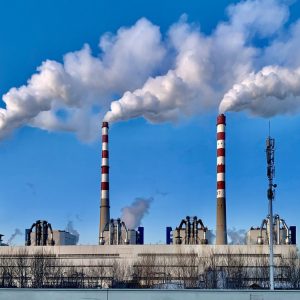-
Upscaling CCUS efforts to be the next step in China’s green tech push?
Date posted:
-
-
Post Author
ifrfadmin
-

Despite the absence of a mandatory legal framework to regulate Carbon Capture, Utilisation, and Storage (CCUS), China has made important inroads into developing the technology since initiating its first megaton-scale CCUS project in 2021. In another first, CCUS was included in China’s five-year plan for 2021–2025.
In addition to issuing some 80 national policies related to CCUS, the country already leads the world in patents related to CCUS, accounting for nearly half the global total. The total number of patents in the field held by Chinese companies and research institutions has quadrupled to 10,191 since 2015, far ahead of the US (3,574) and Japan (2,977).
These patents include advanced techniques for isolating CO2 from industrial emissions and breakthroughs in converting CO2 into hydrocarbons. In January 2024, researchers at the Huazhong University of Science and Technology (HUST) in Wuhan announced a groundbreaking electrolysis system capable of converting carbon dioxide into formic acid with an efficiency of more than 93%. Formic acid is a valuable chemical used in agriculture and in the textile industry.
China also pioneered the world’s first full-process emissions capture tank for use aboard cargo ships earlier this month.
According to KrASIA journalist Jeff Chay, “Upscaling CCUS would tie into China’s status as the world’s largest producer of solar panels and wind power equipment, which has cemented the country as a global green tech leader.” Government subsidies have played a major role in spurring China’s solar panel manufacturing boom. Chay opines that a similar injection of public funding could potentially help drive CCUS to the forefront of China’s climate strategy.
